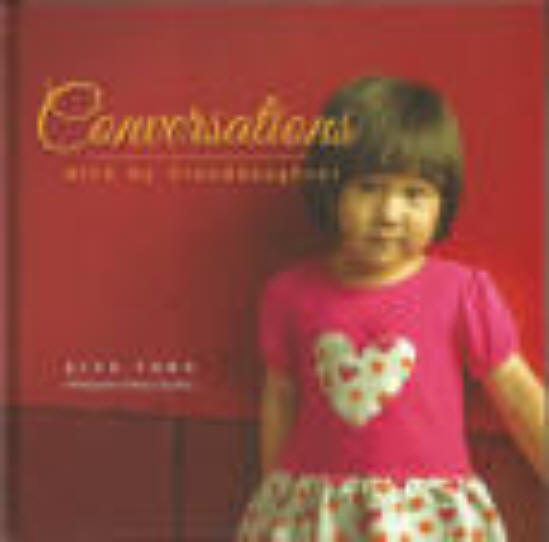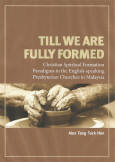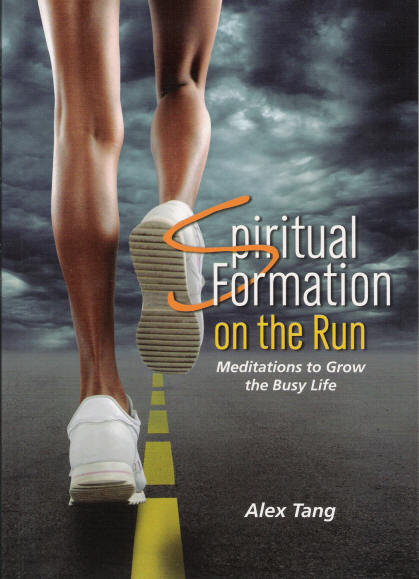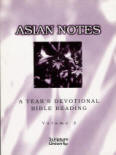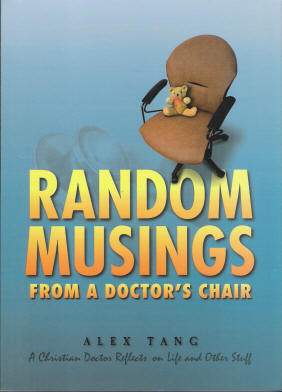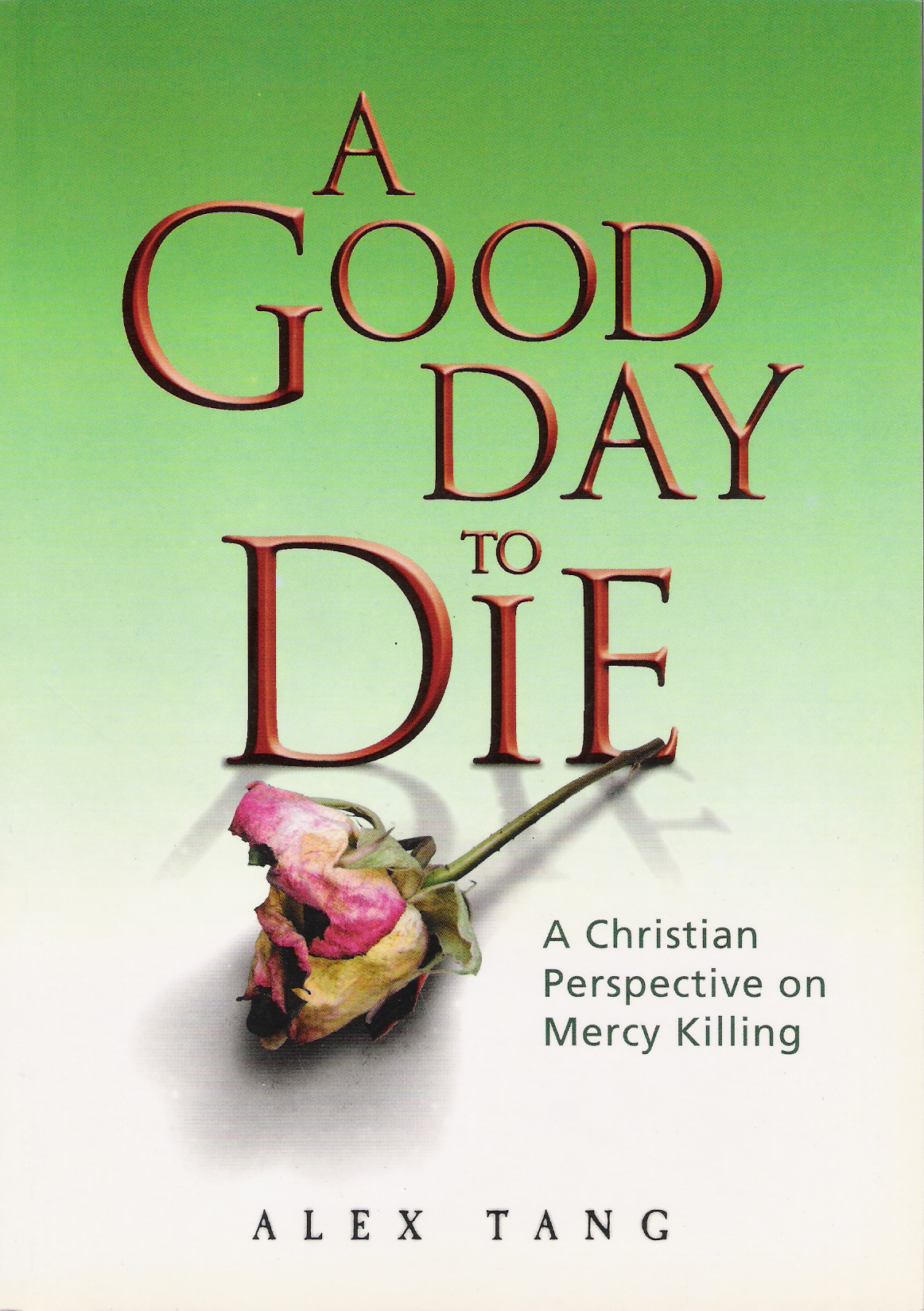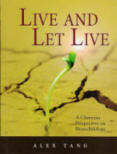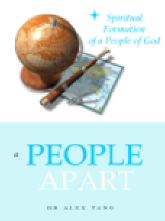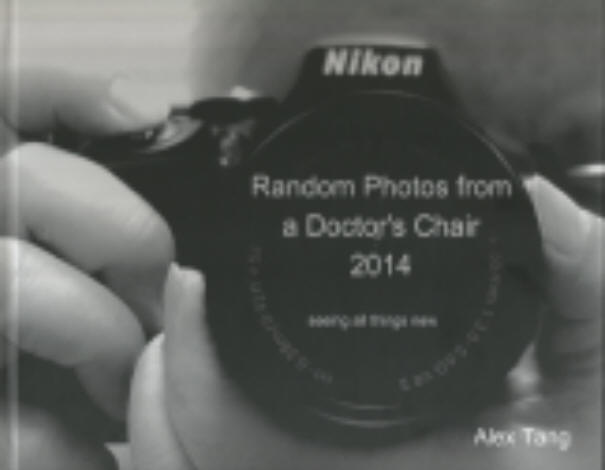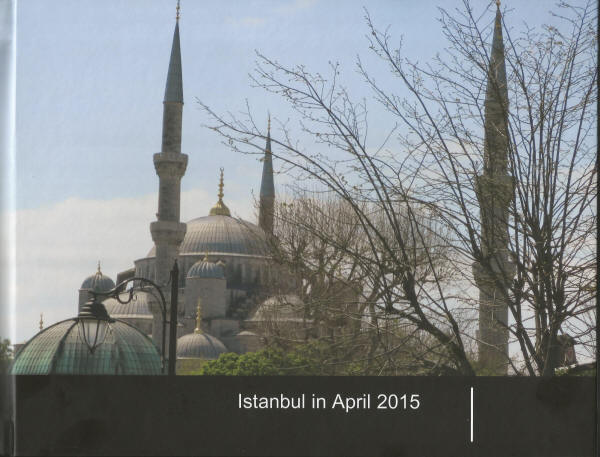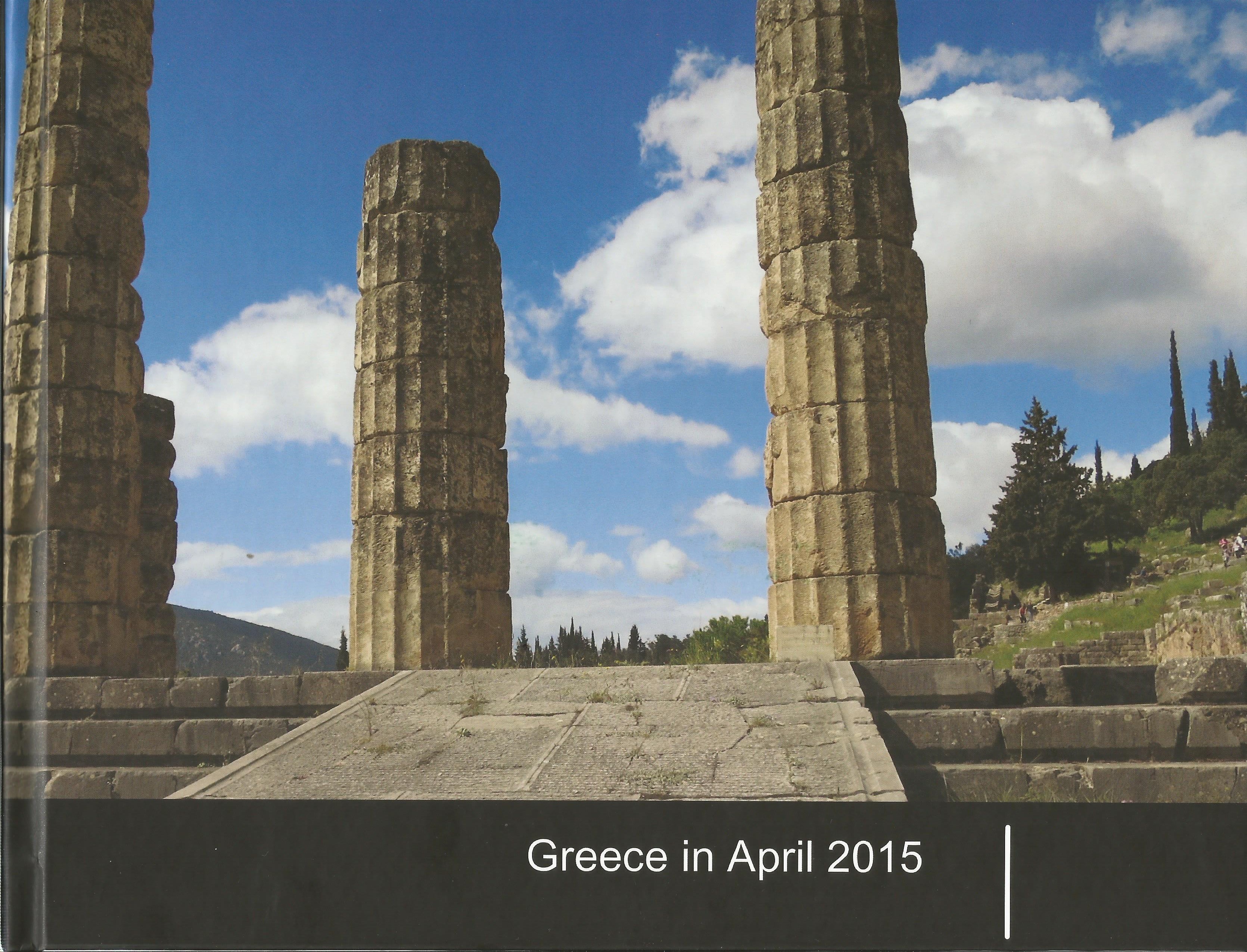 From ChristianityTodayLibrary.com newsletter 21 January 2008
From ChristianityTodayLibrary.com newsletter 21 January 2008Eleven months ago, we almost lost Philip Yancey. On February 25, the Ford Explorer he was driving fishtailed and flipped and skidded down a mountain road. The accident pulverized his C-3 vertebra, narrowly avoiding paralysis (if the impact had damaged the spinal cord) or death (if a bone fragment had nicked the adjacent artery that supplies blood to the brain).
Thanks to the miracle of e-mail thousands were alerted and began praying for his recovery. And a remarkable recovery it's been.In his first e-mail to friends after the accident, Philip talked about how, while his life hung in the balance and he lay motionless for an iodine-dye scan, he reflected on the wonderfully blessed life he had led. The one note of regret: he had climbed all but three of Colorado's 54 14,000-foot-plus peaks. But he wished he had conquered them all.
Amazingly, by August 15, he had done just that, and sent photos of himself standing atop Maroon Peak with hands raised—in prayer? in triumph? in praise?And during this past year he's also continued to minister, as well—most notably to believers and seekers at Virginia Tech following the massacre there last April.
Philip is a true introvert (and, like me, a textbook case), but through his ministry of spiritual transparency, he's made many thousands of friends. His vulnerability and openness (not to mention his wisdom) have allowed him to explore pain and suffering and prayer and doubt in a way that has bonded many to him. They are still spiritually alive because God in his providence has used Philip's honesty to rescue them from the shallower spiritualities so widely marketed among American evangelicals.
So, praise God that Philip is not only alive but active. And enjoy this newslsetter's essay on the best of Philip Yancey.
David Neff, Editor-in-Chief Christianity Today
The Best of Philip Yancey
One of Christianity's most respected writers has contributed much to the Christianity Today Library
By John Beukemaposted August 10, 2004
Referring to Philip Yancey as a best-selling author is like calling Barry Bonds a prolific walker—true, but not the main point. In his books and articles, one of Yancey's main goals is unwrapping Jesus. (See, for example, his article that relates the top ten things he learned about Jesus while writing The Jesus I Never Knew.) God's promises and passion for us are embodied in Jesus, yet it is possible to become so absorbed in the Christian faith that we miss the central story of celebration an d love.
d love.
Yancey's priceless contribution to the evangelical world includes his "Back Page" column in Christianity Today. The column's topics range from social issues, to theology, to the care of his soul. One of the most personal and revealing pieces was "Getting to Know Me." Yancey described his determination to distance himself from his southern, fundamentalist background. Though successful, Yancey came to realize, "In most ways important to God, I had failed miserably."
Themes of servanthood and humility run like fragile threads through much of Yancey's work. "Humility's Many Faces" lists people he looks up to, such as Dr. Paul Brand and Henri Nouwen. Of those men Yancey writes, they "demonstrated to me that downward mobility can lead to the success that matters most." "My Gallery of Saints" includes those who tangibly display God's grace to a needy world, effectively ministering without fanfare in Jesus' name. In "Getting a Life," Yancey states, "Paradoxically, the life-givers I have known seem most abundant with life themselves."
Also on the personal side is "Letters to Philip." This sampling of negative correspondence from readers is as fascinating as it is frightening; the most venomous letters were sent in response to "Breakfast at the White House," about Yancey's meeting with President Clinton.
"The Fox and the Writer" recounts Yancey's enjoyment in observing and interacting with three fox kits near his Colorado home. In appreciating these small wonders of God's creation, Yancey feels a flashback to Eden. That marveling over the animal world continues in "Sheepish." In the world of sheep he finds a spiritual truth. Sheep might presume they order their own destiny, but nothing could be further from reality. "Little do they know that the entire scenario, from birth to death and every stage in between, is being orchestrated according to a rational plan by the humans who live in the ranch house." "Neat! Way Cool! Awesome!" is the "holy calling" of observing God's creation and expressing appreciation and praise to the one who made it all.
Seizing a sudden opportunity while in London, Yancey heard the National Westminster Choir and National Chamber Orchestra perform Handel's Messiah. "Hallelujah" is a classic article that describes more than the experience. It gives Handel's background and the theological significance of each movement of that masterwork. Yancey writes, "For that moment the grand tapestry woven by Handel's music seemed more real by far than my everyday world. I felt I had a glimpse of the grand sweep of history."
Living in a culture that seeks fulfillment apart from God, Yancey warns of the consequences. In "Holy Sex," he writes, "When a society loses faith in God, lesser powers arise to take God's place." Sexuality is one of those powers. The puzzling way our society treats sex ignores the dimension beyond physical activity. The shameful approach that the church sometimes brings to sex fails to appreciate that it too was created and designed by God. Yancey says, "In one sense, we are never more Godlike than in the act of sex." Marriage puts the power of sex to proper use, luring us into "a relationship that offers to teach us what we need far more—sacrificial love."
"The Chess Master" is one of Yancey's many fine reflections on the theme of good and evil. Likening God to a Grand Master, Yancey tells why we can trust God to bring redemption from our flawed maneuvers and tragic circumstances. "When a Grand Master plays a chess amateur, victory is assured no matter how the board may look at any given moment. In a miracle of grace, even our personal failures can become tools in God's hands."
Additional reflection on this topic is seen in articles on two tragedies, "Where Was God on 9/11?" and the school shootings in Littleton, Colorado. In both, Yancey grapples with the problem of pain and evil in a world made by a God who claims a loving interest in his creation. At these times, we wonder, in the title of Yancey's 1977 book, Where Is God When It Hurts? and repeatedly ever after. As humans scurry around the planet searching for meaning, satisfaction, and solutions to their problems, the answer is still found in the God who embodied his love in Christ.
—John Beukema is associate editor of http://www.preachingtoday.com/ and teaching pastor of The Village Church in Western Springs, Illinois.
 Wanna taste the greatest coffee in the world? Try Kopi Luwak from Indonesia. This coffee have a rather strange way of preparation. The ripe coffee cherries are eaten by the native civet cats. As it makes it way through the animal’s intestinal tract, the fleshy covering is digested leaving behind the coffee beans which are excreted in the animal poo. These beans are collected and roasted, and whallah…kopi luwak also known as cat poo coffee.
Wanna taste the greatest coffee in the world? Try Kopi Luwak from Indonesia. This coffee have a rather strange way of preparation. The ripe coffee cherries are eaten by the native civet cats. As it makes it way through the animal’s intestinal tract, the fleshy covering is digested leaving behind the coffee beans which are excreted in the animal poo. These beans are collected and roasted, and whallah…kopi luwak also known as cat poo coffee.




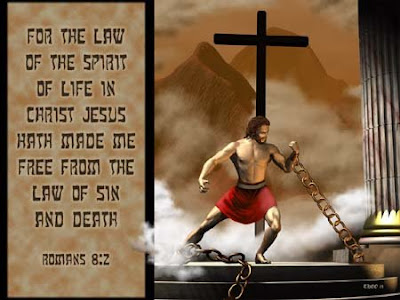















 The need to keep in step with the Spirit is beautifully expressed by the French writer Teilhard de Chardin in this letter to his cousin, Marguerite:
The need to keep in step with the Spirit is beautifully expressed by the French writer Teilhard de Chardin in this letter to his cousin, Marguerite:





















